Addictive and Dangerous, Social Media Screen Time Soars
How popular are you? Look at your Instagram followers. How liked are you? That’s how many views you get on your Snapchat story. These are questions that teenagers constantly ask themselves.
According to the Washington Post, American teenagers spend an average of seven hours on their phone every day. One might even say social media is completely taking over our lives.
Social media has become a massive addiction among kids, teens, and young adults. We all rely on it so much to the point where we can’t have a family dinner without our phones on the table. Not only is it an addictive platform for teenagers, but parents also rely on social media as a tool to keep their children occupied when they are busy, like a “portable babysitter” as de Toledo’s school counselor Dr. Spiegel put it.
“With our current situation of quarantine, it’s easy for kids to find themselves in their rooms all day, and many scroll through social media hours on end,” Dr. Spiegel said. “It’s so difficult now with the pandemic; kids are in their rooms, their doors are closed, the parents are assuming they’re in classes or doing homework on the weekend. I think for older students, parents assume that they’re fine hours on end when you can’t make that assumption,” Spiegel said.
The recommended age to use Snapchat, Instagram, and TikTok (according to these applications) is 13.
“With parental involvement, I’d say 13,” Dr. Spiegel said in regards to the appropriate age to begin the use of social media. She believes if a parent is monitoring their children on social media, they’re able to make sure children are using these apps in a safe manner and not abusing them.
Many parents decide for themselves the proper age for their children to get social media for the first time, while many other children are able to download social media apps privately for themselves without parental approval.
Situations like this, when parents don’t know any better and are unaware of the whole circumstance, can lead to dangerous scenarios. It’s very easy for pre-teens and teenagers to meet others on social media who they don’t know much about, resulting in some involvement with the “wrong crowd.”
If social media is used in a responsible manner, it can be a positive platform for teenagers and young adults to connect with others on their phone. In some situations, connecting through social media might be the only way to get in contact with certain friends or family members. For example, we have both spent the past seven summers going to sleepaway camp, and we have found that social media is the best way to stay in touch with friends who live out of state or in other countries.
Kids must learn the responsible way to use social media at a young age in order to create a safe space for themselves and maintain a positive digital footprint. There are dangers for kids who misuse these platforms, including cyberbullying, access to drugs, exposure to explicit images or videos, and various mental illnesses.
Social media is full of dangerous people willing to manipulate the users, so we must learn to navigate these applications safely in order to sustain a positive relationship with social media.
Being in quarantine for the past year has only increased the amount of children starting to use technology and social media at a younger age. And from this young age, kids are influenced by the number of likes they get, thinking it determines how liked they are, damaging their self-esteem and feeling of self-worth.
Our society must learn to look beyond these social media numbers to determine the true quality of a person, regardless of their online status.
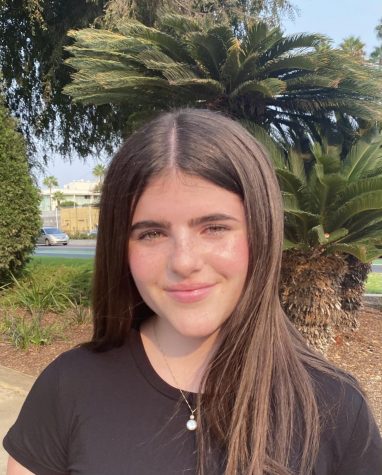
My name is Samara Freedman, and I'm a new junior at de Toledo High School. I enjoy writing, particularly about current events and mental and physical health....

My name is Payton Ozar, and I am a junior, new to de Toledo High School. I have always had a strong passion for writing, especially about current events,...

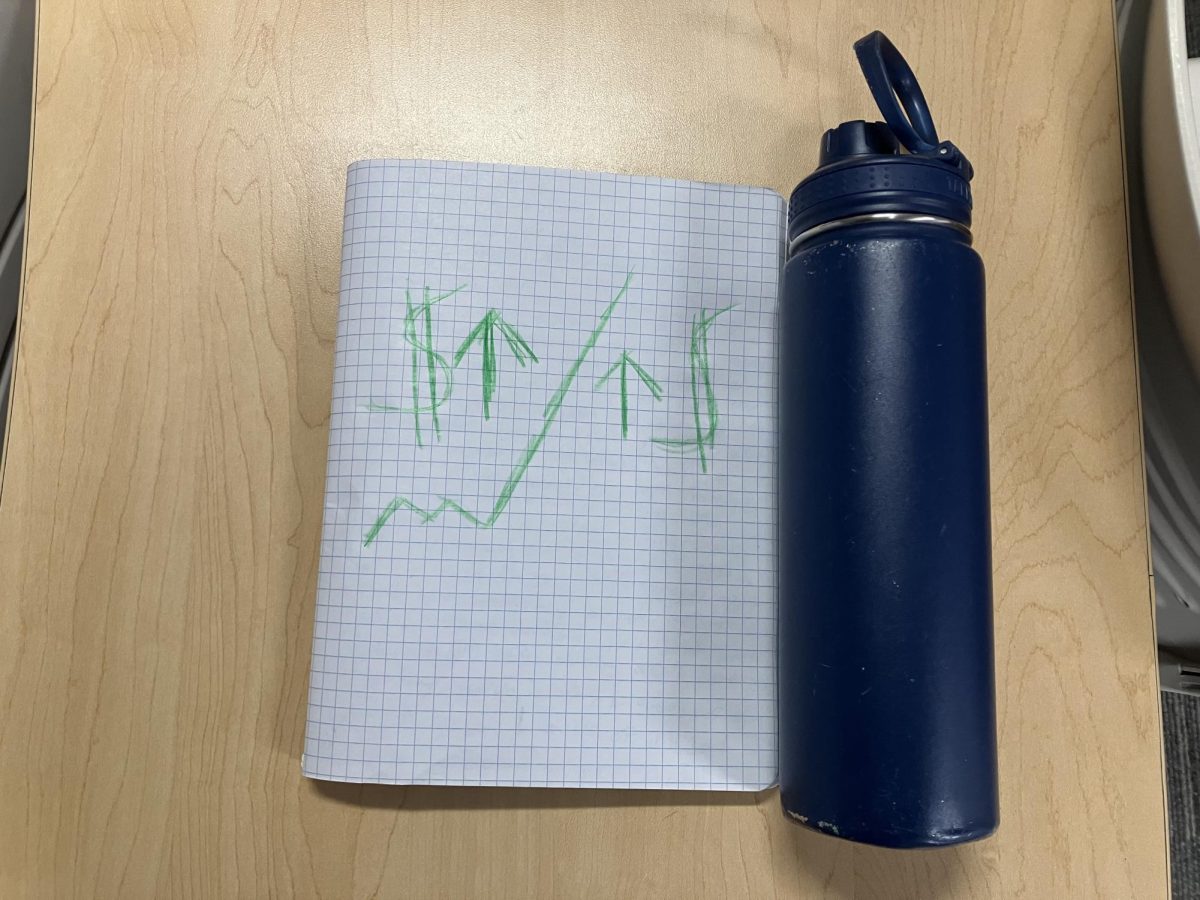

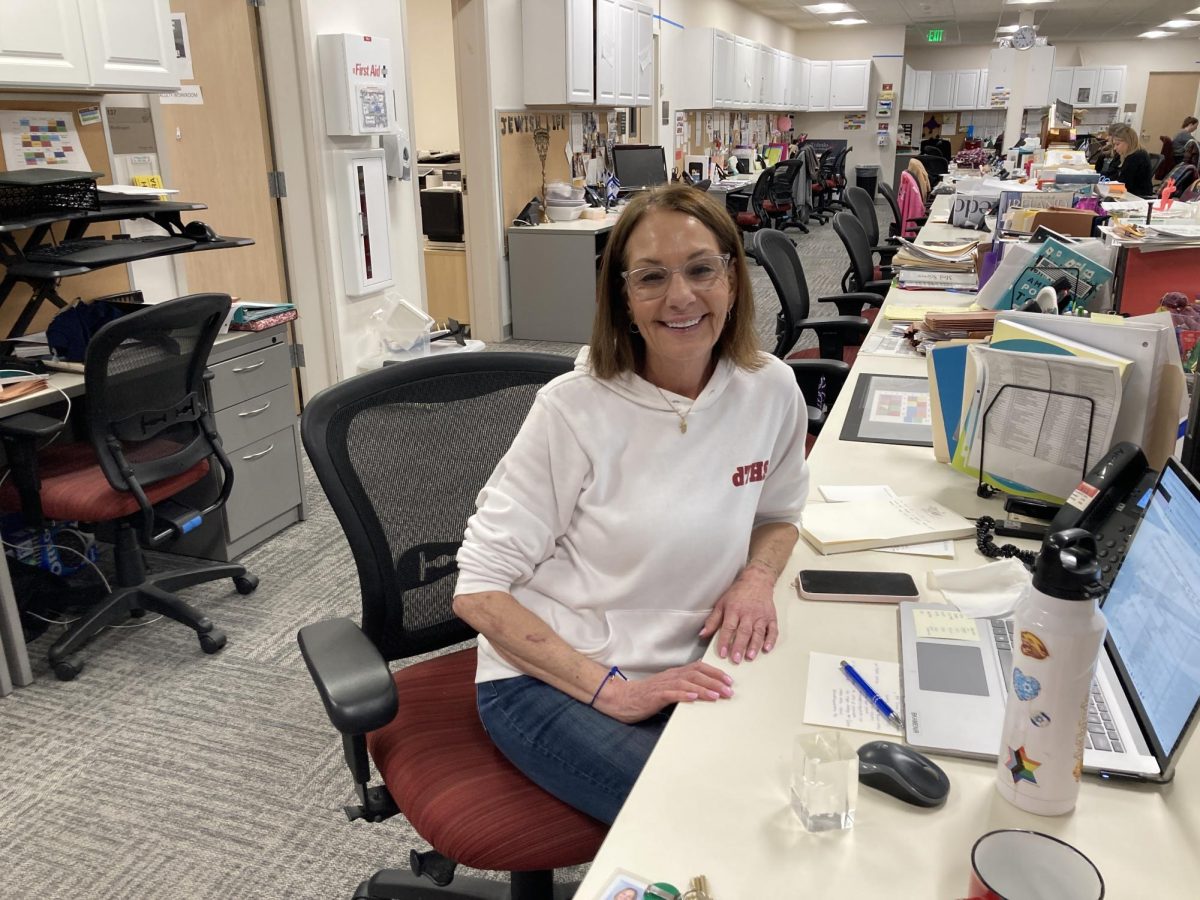

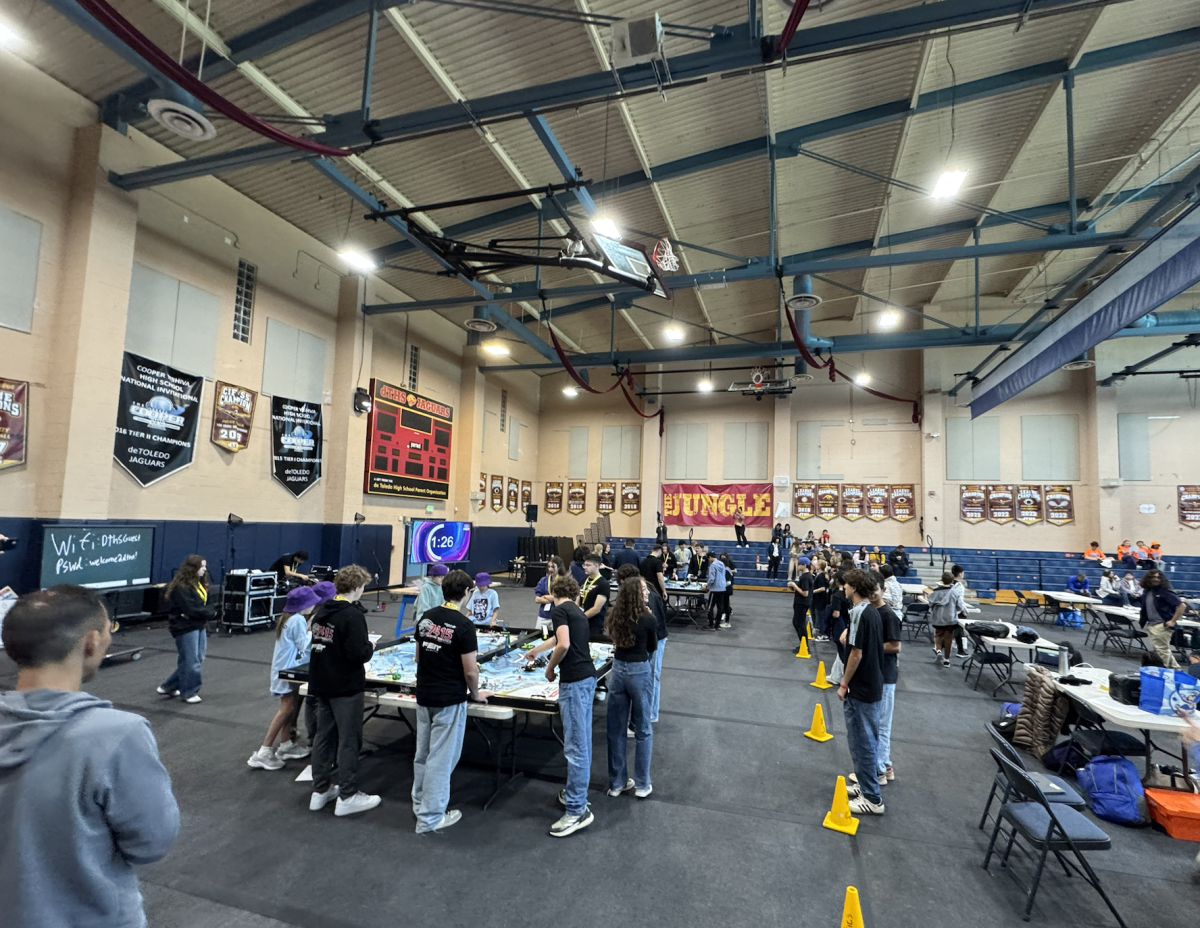
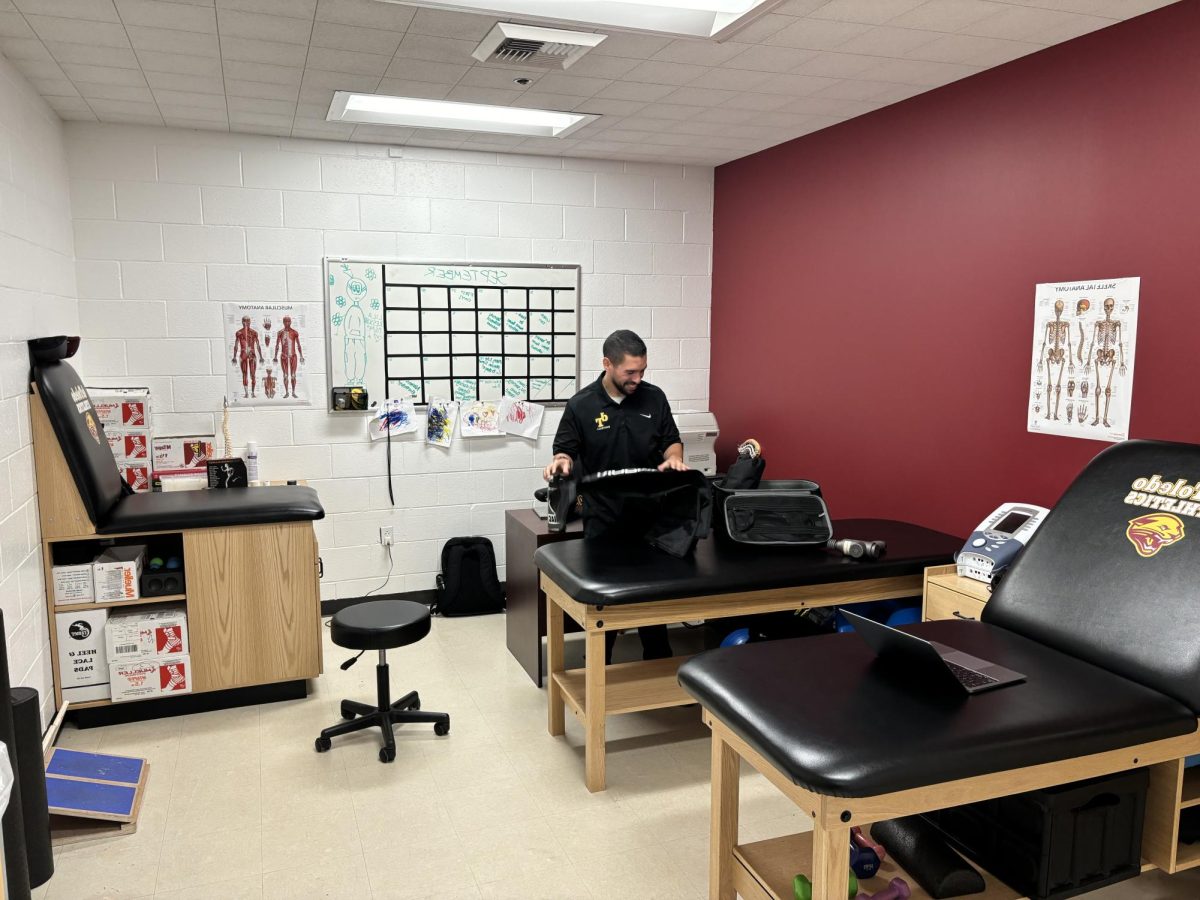
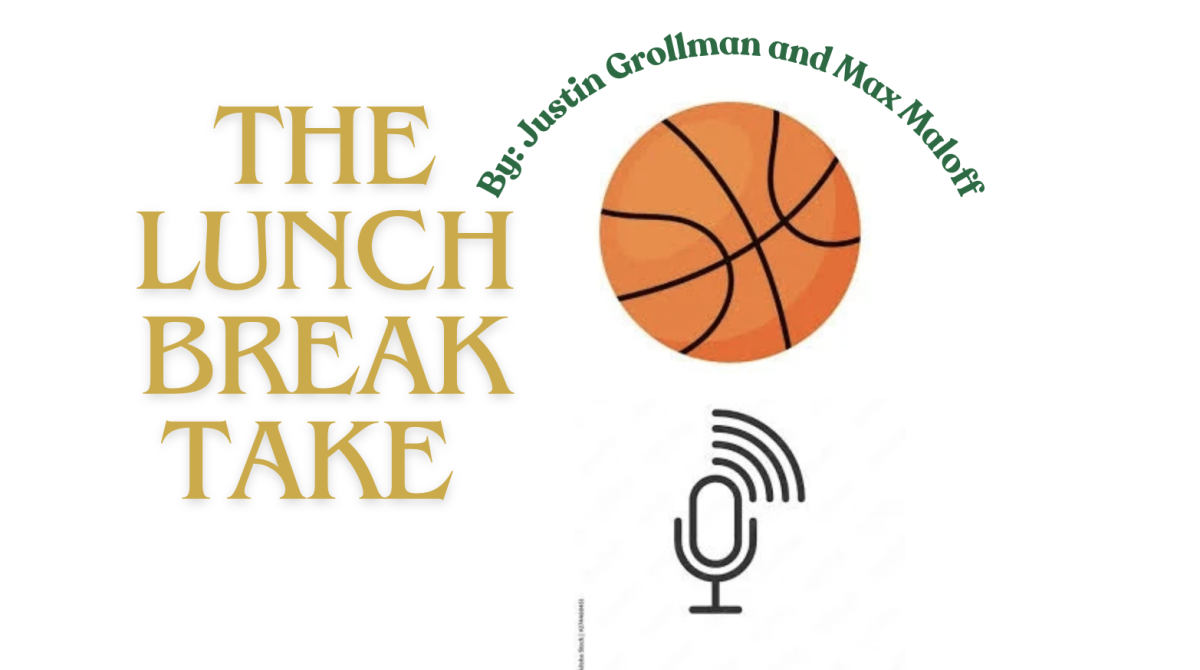


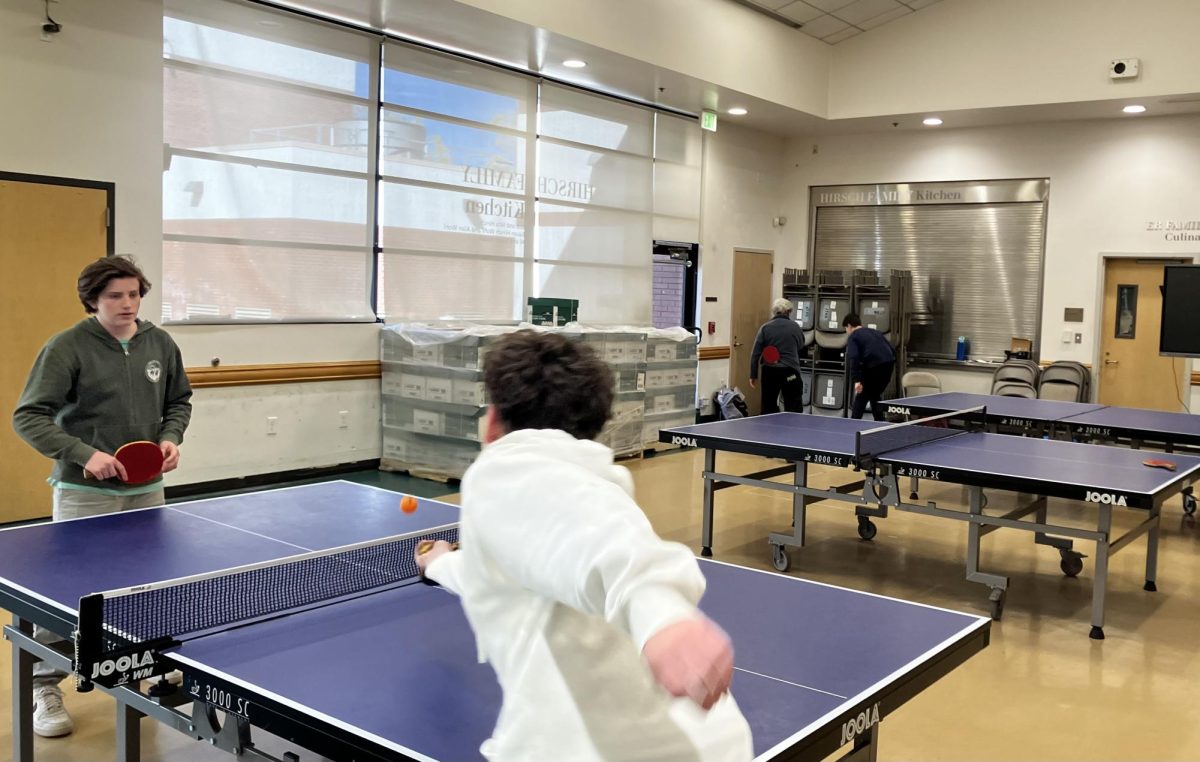

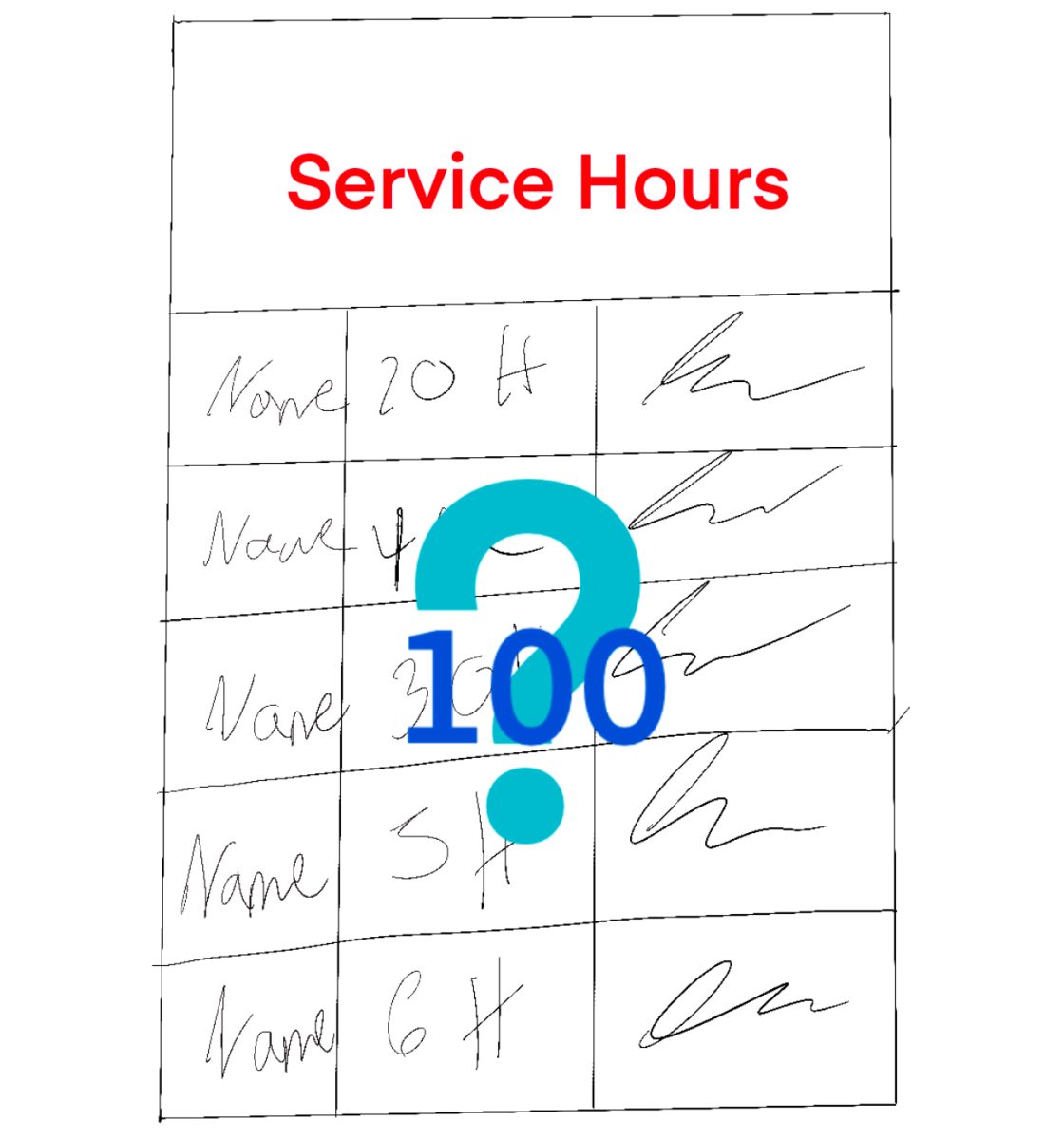
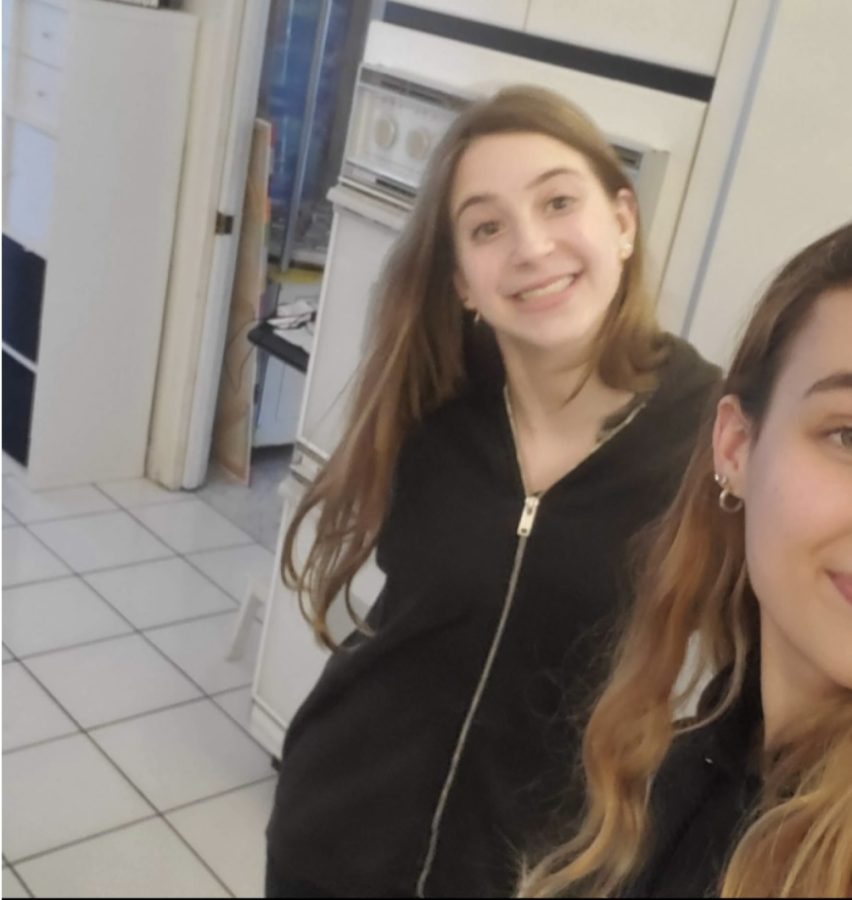








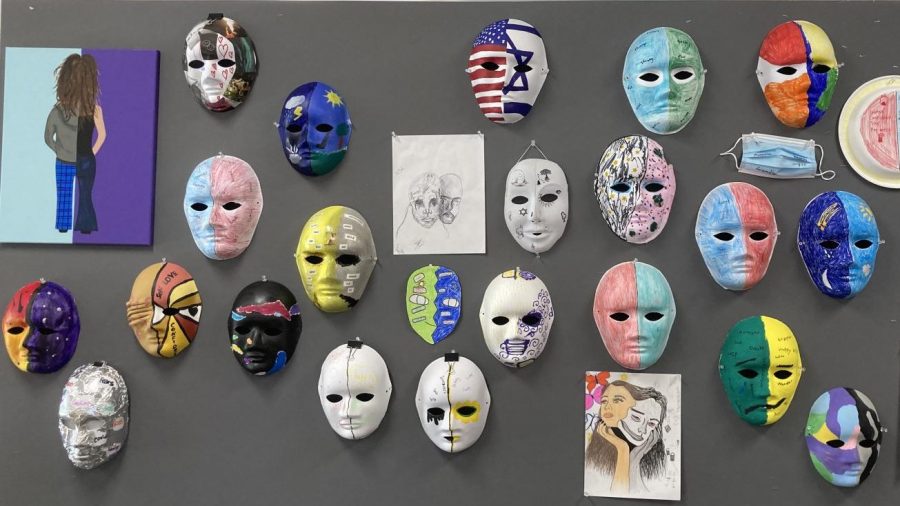
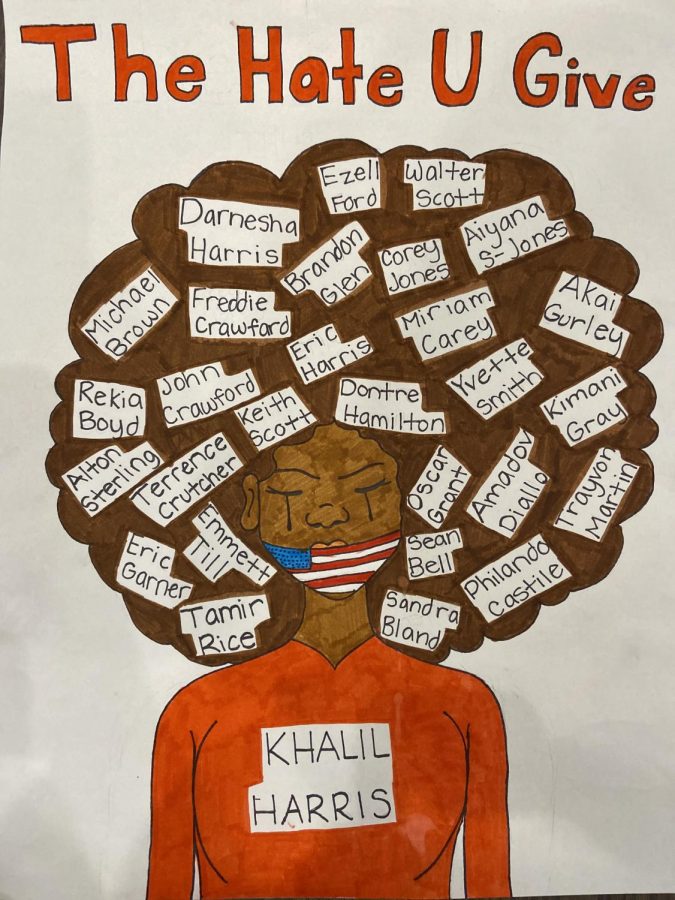
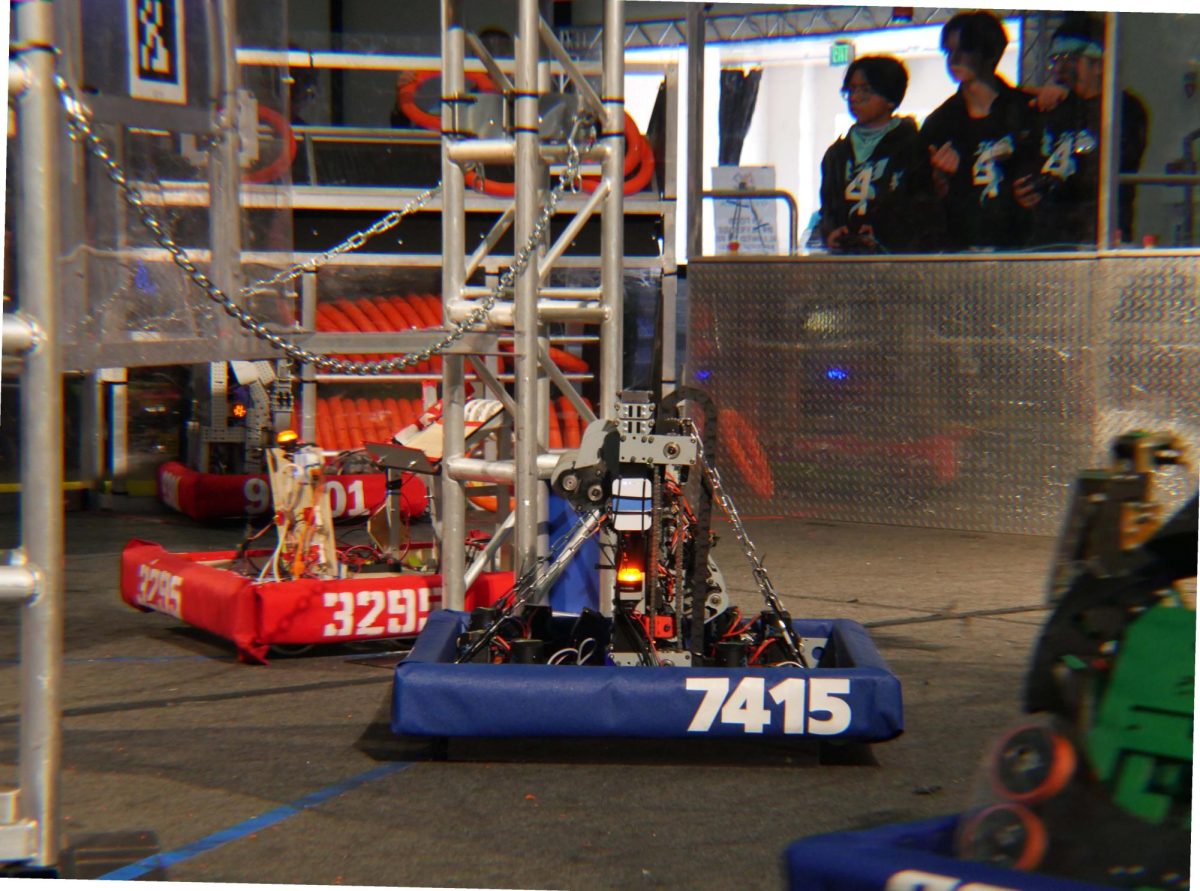

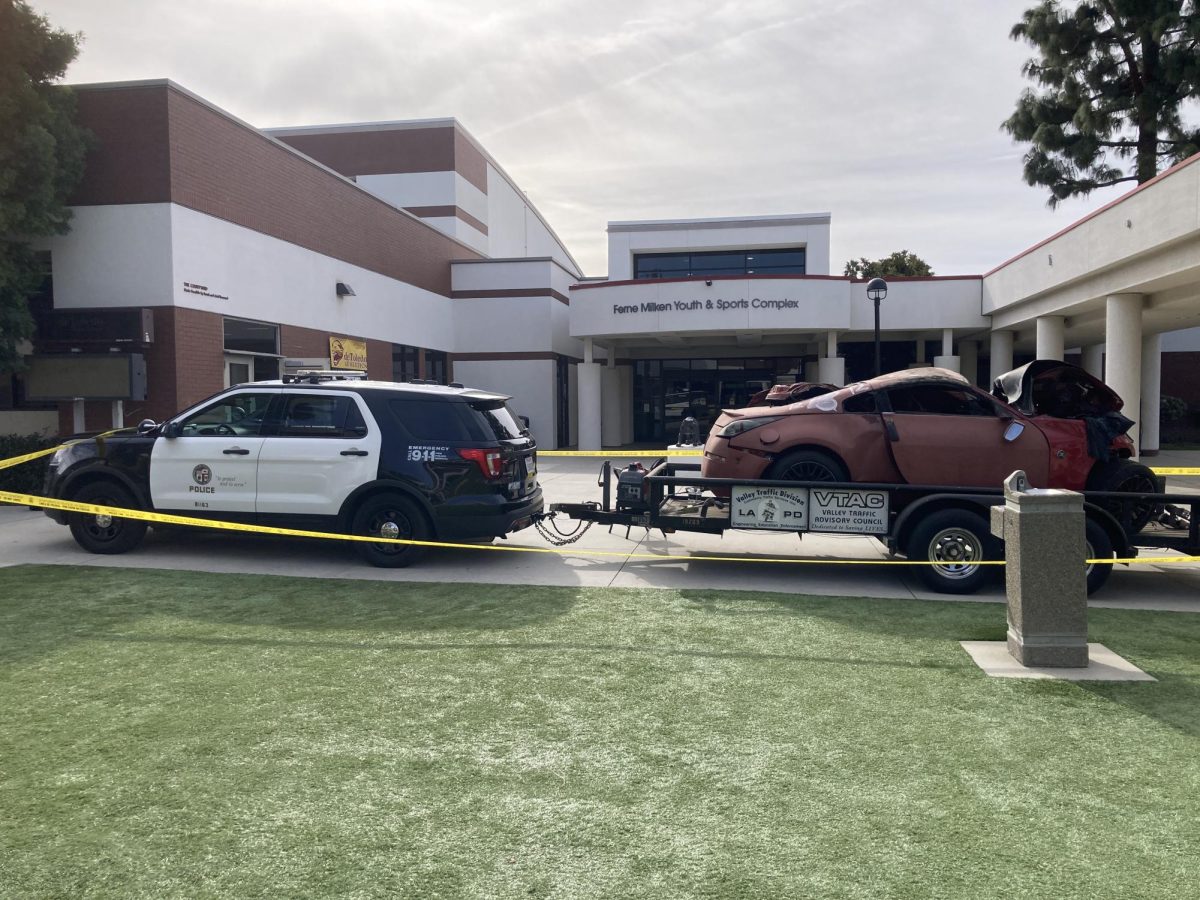
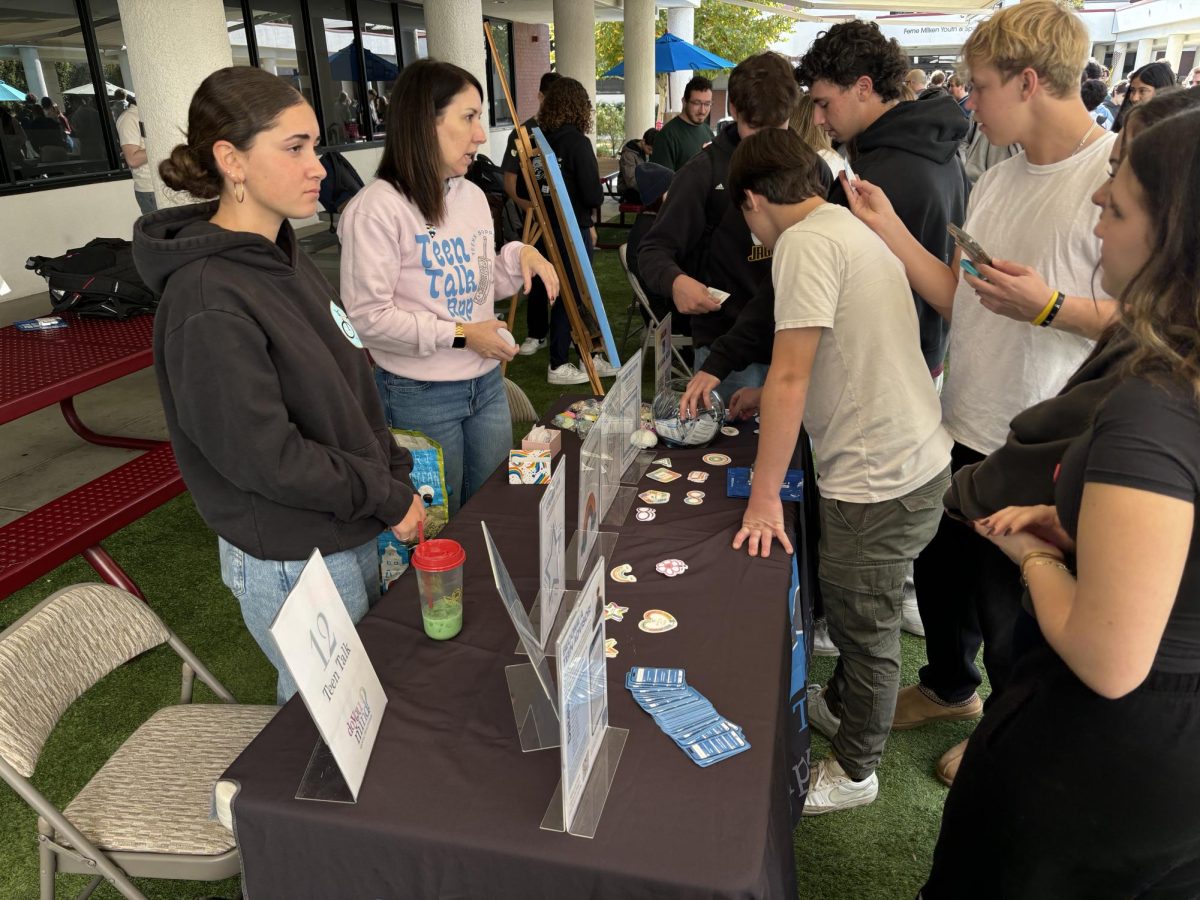
Angela Neff • Mar 1, 2021 at 7:28 am
It is crucial to remember that all of our social media presences are constructed personas. No matter how dynamic or dastardly that persona is; it is just a back-drop. When the camera pans out, the only thing left is our true flawed beautiful selves. Until we accept our true selves, the constructed shell is like tissue paper- so easily destroyed. But when we accept our own and others true selves — and know the difference, we have tremendous power in both realms.
Great journalistic work on show here.